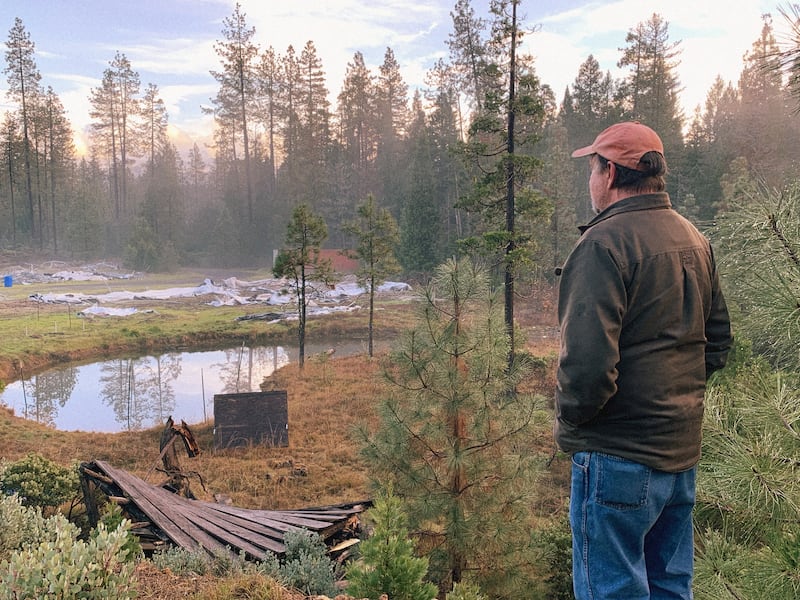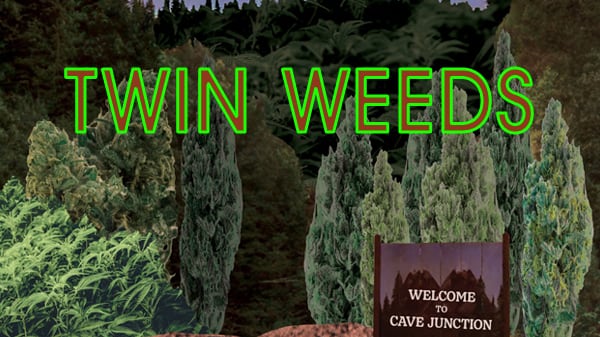CAVE JUNCTION, ORE. — The nerve center of Oregon’s largest criminal enterprise lies in a deep evergreen vale called the Illinois Valley, 15 miles north of the California border.
To find one of its field offices, drive south from Grants Pass on the Redwood Highway. One mile north of Cave Junction, you emerge from dense forests to the sight of the Holiday Motel. The squat motor lodge appears unchanged since the 1950s, except for a new coat of blue paint. It’s eerily quiet, and junk is piled up behind the building.
In July, the U.S. Department of Homeland Security and Josephine County sheriff’s deputies searched the Holiday Motel and found an illegal cannabis grow of almost 6,000 pot plants in the motel’s backyard.
The motel housed weed trimmers from Mexico, a detective tells WW. “They occasionally rented rooms for [tourists] passing by,” he says. The sheriff’s office believes the operation was connected to an international drug trafficking organization.
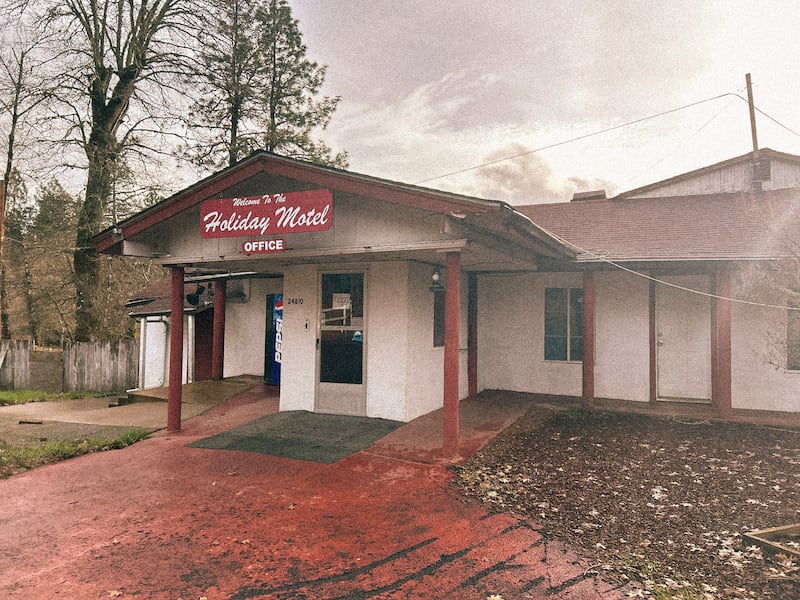
That discovery barely raised eyebrows in Cave Junction, a town of 2,000 people. According to economists who track the industry, hundreds of thousands of pounds of black market weed are harvested each year in this part of the state and shipped to dry states like South Carolina and Wisconsin. The cannabis is grown in rows of plastic greenhouses that can stretch for miles along the steep, mossy hollows where police cruisers are as scarce as a cellphone signal.
“There’s no way we can keep up,” says Josephine County Sheriff Dave Daniel, who leads a team of 18 patrol deputies.
Next year marks the 10th anniversary of legalizing the cultivation and sale of recreational cannabis in Oregon. In Portland, the end of prohibition looks like a success to many consumers—and to the state and local governments that have become increasingly dependent on tax revenues from cannabis. Grass is cheap. Dispensaries abound.
But that’s not the only cannabis market operating in Oregon.
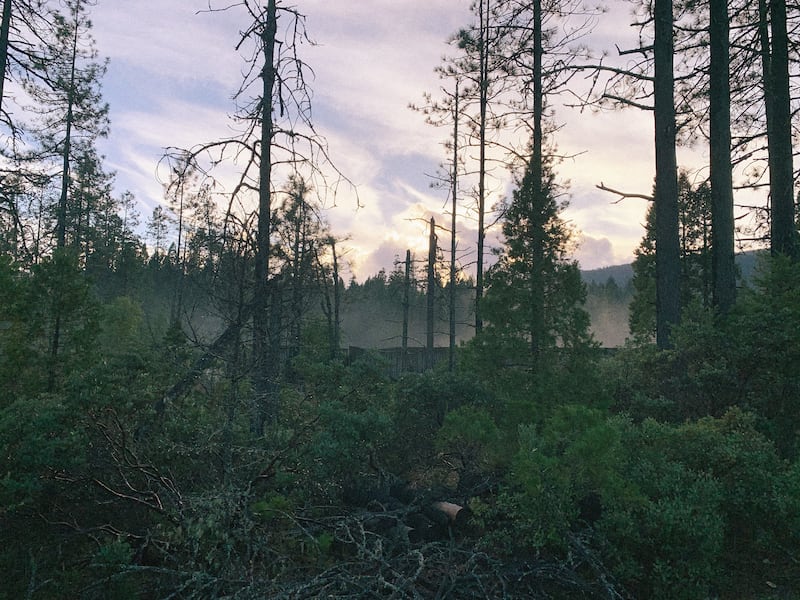
At the southern edge of the state, a surge in illicit farming has turned the area into a zone of lawlessness.
In fact, the scale of illicit cannabis farming in Oregon dwarfs the legal market.
Economist Beau Whitney estimates 1 million pounds of dried pot were grown legally this year in Oregon. But Whitney estimates another 3.1 million pounds of illegally grown Oregon cannabis will be diverted across state lines. By Whitney’s calculations, that means three times as much weed is shipped out of state as is sold in Oregon’s licensed shops.
In 2023, WW’s reporting on the financial problems and political contributions of the cannabis company La Mota ultimately led to the resignation of Oregon Secretary of State Shemia Fagan, the opening of a federal investigation into Fagan’s dealings with La Mota, and changes in state cannabis regulations and campaign finance laws (see “Broken Flowers,” page 16). But it also shed light on the thin line between legal and illegal activities in the state’s cannabis industry.
So to end the year, we decided to travel to the place that for years has been the capital of black market weed in Oregon.
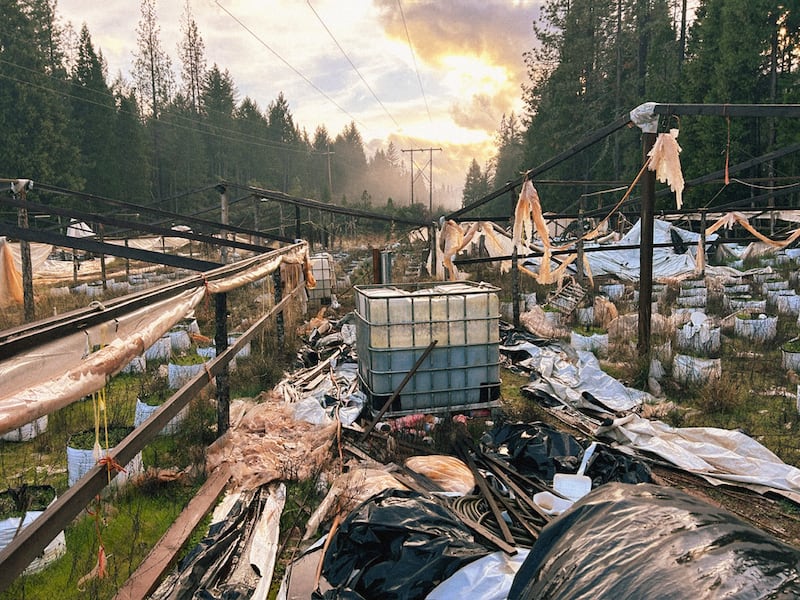
That’s because Josephine County, in the Emerald Triangle, is the best corner in the entire world to grow weed. “According to the world pot growers’ union,” says the county’s community development director, Mark Stevenson, “we’re the best place to grow marijuana.”
We found the remains of illegal grows with shards of plastic littering the ground. Makeshift dams. Dead salmon. Anxious townsfolk. Human trafficking. And murder.
To residents of Cave Junction, the legacy of legal weed is a pattern of extraction and exploitation that recalls the boom years of the timber industry. But this time, the exploiters are criminal enterprises.
“This used to be a wonderful town,” says Liz Paulsen, who runs a Cave Junction business that rents out farming equipment. “Now, I’m glad my kids don’t live here anymore.”
The worst of the criminal activity peaked two years ago and has since subsided, thanks to attention from state lawmakers and crackdowns by law enforcement. But what remains is an uneasy coexistence with the black market that affects virtually everyone who lives here.
Here are a few of the people who live in a place where weed grew bigger than the law.
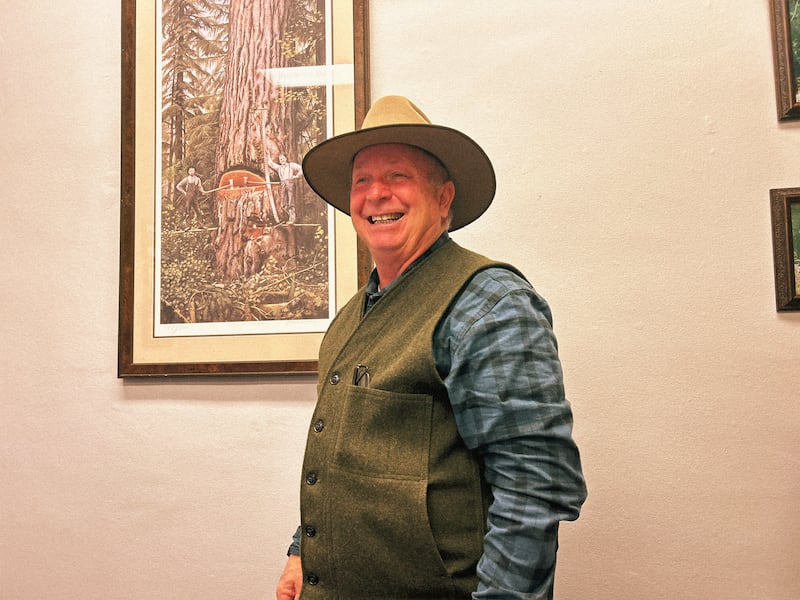
HERMAN BAERTSCHIGER
Josephine County Commissioner
“We started seeing dead bodies.”
A rancher, timber business owner, and onetime Republican state senator who easily won a race for county commissioner in 2020, Baertschiger is a small man under a big cowboy hat. He has a round belly and a habit of giggling that makes him seem like a Christmas elf from a Rankin/Bass animated feature.
The town center of Grants Pass (pop. 39,674) sports a handful of diners with perfectly greasy omelets and weak coffee, a hardware store, slightly outdated women’s boutiques, and novelty stores. It’s hard to believe that if you were to venture out even a quarter mile from town, you’d be surrounded by pot farms, many of them illegal.
But that’s exactly what Baertschiger started noticing way back in 2016.
Two years prior, in 2014, Oregonians voted to legalize recreational weed. Soon after the Illinois Valley was overrun by outsiders, both domestic and international, looking to get rich quick off the bounty of the Emerald Triangle, a stretch of fertile land across Northern California and Southern Oregon that’s considered the best place in the world to grow pot.
Baertschiger says the federal legalization of hemp in 2018 didn’t help. Entrepreneurs could plant sprawling hemp farms—and use them to disguise the cultivation of cannabis.
“Hemp just blew it out of the water,” he says. “The poor sheriff can’t tell the difference.”
Baertschiger recalls how two cannabis farms moved in next to his ranch just outside of Grants Pass in 2018. The farms operated under the guise of growing hemp, Baertschiger says, but he’s certain they were growing pot illegally.
At 2 am, when Baertschiger got up to water his crops, he recalls seeing workers in the neighboring fields wearing headlamps. The lights would go out when he started up his quad tractor, then flicker back on when he returned home. “They’d look like fireflies. Now what are they doing out there at 2 am with hemp? I says, ‘That’s a heck of a way to harvest hemp.’”
Baertschiger says lawmakers did little until 2021, when word of human trafficking on black market pot farms reached Salem. Conditions on the farms were “approaching slavery,” state representatives told the governor. An Ashland senator testified that illicit pot growing had turned some rural areas into “military-weapons zones, like the ones we usually associate with failed states,” according to a report by the Associated Press.
In the 2021-23 biennium, the state sent $6 million to Josephine County to go after illicit farms.
Baertschiger says the county has made progress since then—but is a long way from solving the problem.
“I would not say it’s gotten better,” Baertschiger says. “Not when we keep bumping into dead bodies.”
Estimates of the scale of illicit farming in Oregon vary. But seizure data confirms the growth in illegal farms as well as law enforcement’s stepped-up efforts to stop them. In 2018, cops seized around 20,000 plants grown without a license. By 2021, that number had ballooned to 1.4 million, a seventyfold increase.
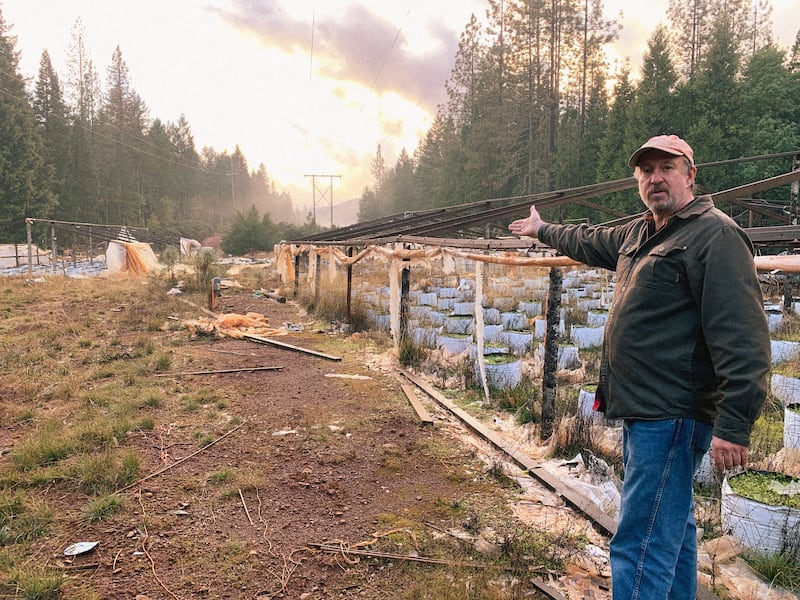
CHRISTOPHER HALL
Executive Director of Water League
“We’ve been invaded. This has to be seen.”
Hall is a former California theater producer who moved to the area a decade ago to raise his children. His career took a turn in 2021 after the local water district hired him to study the impacts of the cannabis black market. He borrowed a plane and mapped the region from the sky.
In 2021, Hall counted nearly 1,000 grows from the air over the Illinois Valley. By his estimates, 80% were illicit. They guzzled 400 million gallons of stolen water from streams and wells. (State water laws set rates and limits on usage. Many farmers seem to have found it easier, and cheaper, to ignore them.)
Farmers had learned how to cultivate cannabis on a massive scale. The development of hoop houses, cheap greenhouses cobbled together out of PVC pipe and plastic, extended the growing season and concealed the crop, offering what Hall’s report called “a veil of plausible deniability.”
Soon, strange plastic structures had sprung up everywhere along country roads.
Hall showed WW reporters the tattered remains of a dozen greenhouses, built precariously out of two-by-fours on a PacifiCorp power line easement about 5 miles outside of downtown Cave Junction. Trash—cans of motor oil, Solo cups, 30-packs of Coors, bottles of Sprite—littered the ground. Cheap plastic used to cover the greenhouses flaked to the touch, and millions of small pieces, carried by the wind, skipped across the muddied ground.
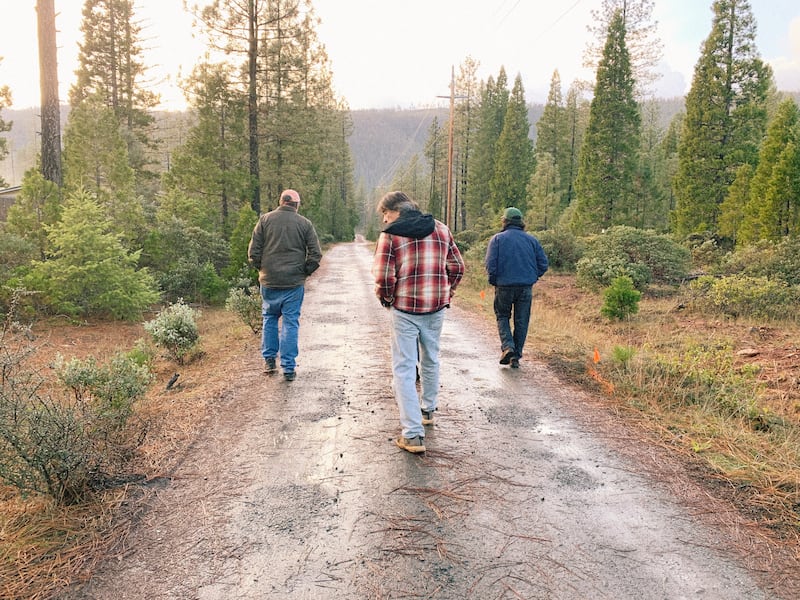
A black sludge filled a plastic kiddie pool. It was likely fertilizer for the plants, Hall explained, warning not to touch it. Three thick black power cables snaked into the woods where they met a power pole. “That’s an illegal tap on that transformer,” Hall said, pointing into the trees.
A satellite dish was mounted on a wooden shack, and written in black marker on an interior wall was what appeared to be a fertilizer recipe in Spanish.
Gary Longnecker lives just down the road from the busted farm Hall showed us. In 2021, he says, he was surrounded by illegal operations. He and his wife heard gunshots nightly. It felt like a war zone, he says.
“The real problem was the intimidation, the smell, the quality of life,” Longnecker says. “We had a perfect place in the country. It was peaceful. Then, you’d see all these strangers around. Big tall guys that looked like they were from the Russian Olympics.”

DAVE DANIEL
Josephine County Sheriff
“With marijuana comes more violence. It’s organized crime.”
The illegal cannabis market falls into two buckets: legal growers who divert excess weed across state lines, and criminal syndicates that operate entirely outside the law. On the ground, it’s not always easy to tell them apart.
Some licensed growers are selling weed out the back door just to make payroll, the economist Whitney says. The retail price of cannabis has fallen from $10 a gram to less than $4, according to state regulators. That slashed any profit margin for legal growers—and made selling out of state an attractive proposition (see “California Dreamin’,” page 17).
“It’s either sell out the back door,” the economist Whitney says, “or lose their business.”
Hall says organized crime syndicates descended on Cave Junction from places around the world: the East Coast, California, Serbia, Croatia. After a bar downtown went out of business, locals joked it was going to reopen as the Belarus Consulate, Hall says. Law enforcement officials say some of the drug trafficking organizations that operate farms in the area have connections to the Sinaloa and Jalisco New Generation cartels.
What is clear is their scale: A 2021 bust uncovered a farm miles long with hundreds of makeshift greenhouses and more than 200 workers, most of whom were Spanish speakers, living in squalid conditions. Authorities were tipped off to the grow after a worker was dropped off at a local Chevron and died on the way to the hospital. Federal agents and state SWAT teams soon descended on the property.
Sheriff Daniel has a slideshow of photographs from recent raids. The images are striking: Entire streams rerouted by illegal dams made from rubber and wood. Dozens of dead coho salmon floating in a shallow pool. Industrial water pumps with rubber hoses dipped into crystal-clear creeks.
Daniel treats the slideshow as a kind of pitch deck for state dollars.
“We need money,” he says. “Without law enforcement out there actively investigating these things, you don’t find the humanitarian issues.”
Five years ago, the state began handing out millions in grants to law enforcement in Southern Oregon counties hit hardest by the illegal weed boom. In 2021, Daniel used his share of the $6 million grant to the county to expand a team dedicated to rooting out illegal grows. It now has five members and just purchased a drug-sniffing dog: Frank, a yellow Lab.
They’ve been successful in shutting down the largest operations. Last year alone, Josephine County raided more than 50 grows. But the consequence, Daniel says, is that state attention and dollars are shifting elsewhere.
But most concerning to Daniel is the rising body count.
Elisabeth Shepard, a spokeswoman for Gov. Tina Kotek, says the additional funding “has shown early progress.”
“The governor would be open to supporting additional resources towards this issue if the Legislature proposed it,” she added.

JOSE “SESE” OROZCO
Cannabis Farmer
1999-2023
On a Saturday afternoon in November, Jose Orozco, 24, and Carlos Orozco, 15, were shot dead on an 18-acre farm a few miles south of Cave Junction. The two were cousins from Northern California. The property contained a cannabis grow operation, the sheriff says.
The legality of the operation on the property is unclear. Mark Stevenson, the building planner, says the county had long “had eyes on them because they were growing illegally.” The sheriff says the operation obtained a license from the Oregon Liquor and Cannabis Commission at some point, but he notes that conditions inside were “disgusting.” The OLCC says it can’t comment given the ongoing investigation.
Still, the Orozco family was well known among county officials. Jose’s father owned a string of illegal farms in the region. He frequented the county planning office to get permits, Stevenson says.
But cops eventually raided one of his farms in 2021, finding more than 150,000 illicit marijuana plants, according to an affidavit filed in court. They unraveled his finances and discovered he’d used the business’s profits to finance the purchase of new farms. He pleaded guilty to money laundering in federal court earlier this year and awaits sentencing.
His son appears to have followed in his footsteps.
County records show Jose Orozco recently took over the limited liability company that purchased the Cave Junction farm for $650,000, double its market value, in 2020. No one’s paid the property taxes since.
Subsequent indictments assert that the men accused of murdering the Orozco cousins shot them during an attempted robbery. It was a dispute over pay, Stevenson says. “They came back with an AK-47. Shot these two right out in the street.”
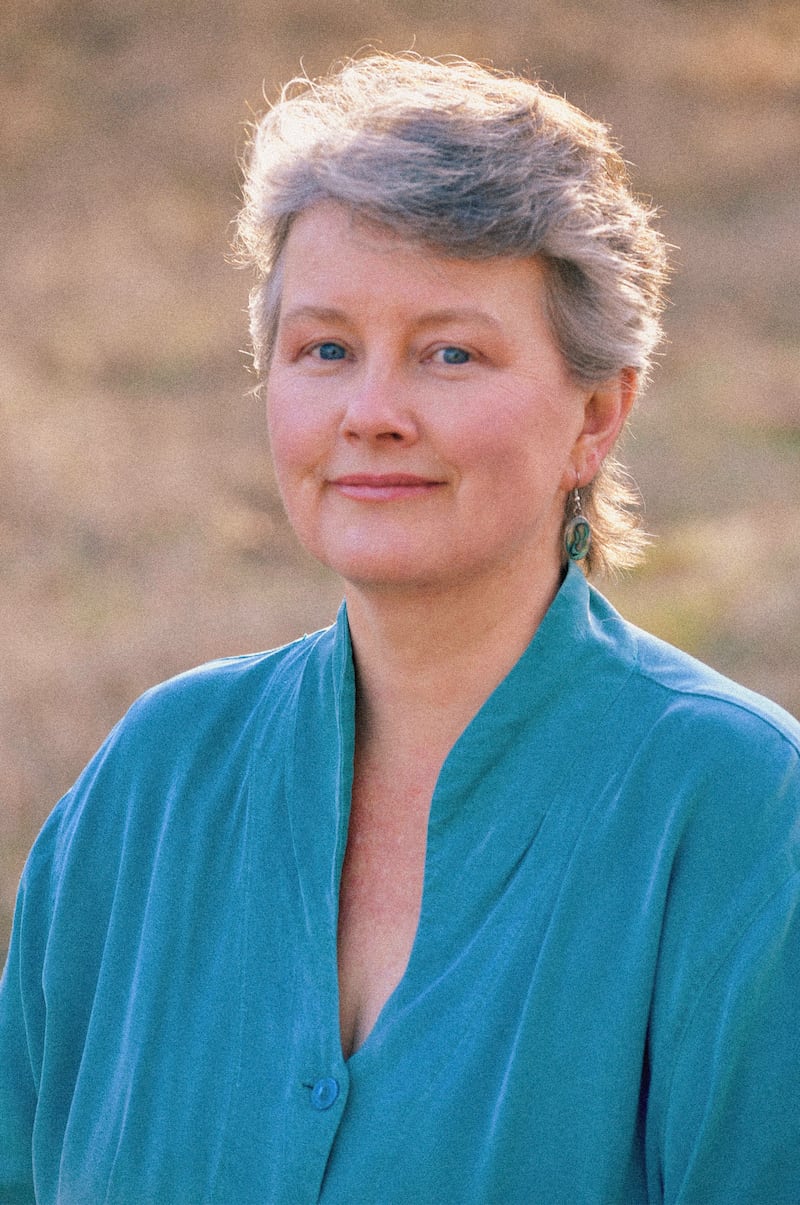
KATE DWYER
Executive Director of the Four Way Community Foundation
“This is an extractive industry.”
It’s hard to find anyone in Cave Junction who hasn’t been affected by what locals call the “green rush.”
Over Tex-Mex and a beer at Carlos Restaurante, Dwyer, a civic leader who runs a philanthropic foundation that distributes grants to area nonprofits, slides a piece of paper across the table on which she’s written down all the ways the influx of illegal cannabis grows have affected the people of Cave Junction.
“Increase in community fear, paranoia,” the list, written in loopy cursive, reads. “Loss of neighborliness. Warily ignoring newcomers.”
There’s no getting around this: A lot of the residents of this one-cop town express racist views about Mexicans. Kenny, a man with ruddy cheeks and a few missing teeth, is sitting in the Sportsman Tavern sipping beers. He says the illegal farms are filled with “vicious” people, and it’s clear what he means. An off-duty bartender sipping a beer at the Sportsman says, “We all know when they come here on the weekends and play pool.”
Still, Dwyer says, the people of Cave Junction are wrongly stereotyped as ignorant and simple. On her piece of paper, Dwyer has also written: “The assumption that rural people are stupid is one of the last remaining allowable prejudices.”
“People feel disappointment. We had been hopeful about a legal, licensed industry that would take advantage of our climate and our hardworking people,” Dwyer says. “But it was administratively mismanaged and opened the door for a tremendous illegal market which came with crime, and fear, and an erosion of the small town trust that people had really enjoyed here.”
Dwyer says the problem is far from resolved. “We are not out of these woods yet.”

MARK STEVENSON
Josephine County Community Development Director and Building Official
“Even law enforcement was saying, ‘I don’t want to go in there.’”
As a building official, Stevenson is an unlikely player in the fight against illegal weed grows. Yet he’s got perhaps the most intimate view of anyone in county government of what happens outside of town.
Stevenson finds himself in a strange position: He regularly interacts with known operators of illegal enterprises who come into his office for building permits.
On a Monday, he could be talking to a black market grower, helping them obtain a permit. On a Tuesday, he could be accompanying sheriff’s deputies to a bust on that very property. During building inspections, he and his inspectors put blinders on, Stevenson says—no matter how illegal an operation appears.
Stevenson and his code enforcement team inspected farms where naked wires stuck haphazardly out of wet ground and electrical panels were unprotected. Unnerved by what he saw, Stevenson approached Sheriff Daniel with an offer of help in 2017.
“If you have an illegal site, we want to join you,” Stevenson recounts telling the sheriff. “These officers and deputies were playing around in the wet environment with live electrical [wires]. Honest to God, I have no idea why people didn’t die in the electrical we saw, because it’s some scary stuff.”
Now, Stevenson or one of his staff accompany law enforcement on every major bust. They stake out positions along the road and wait for the signal that it’s safe to enter the property. Once on site, Stevenson turns off all the power. He flags protruding wires. He warns officers of the plastic pools filled with dark viscous substances—chemical concoctions used as pesticides.
“I got a rash from my arm by touching water one time,” Stevenson recalls.
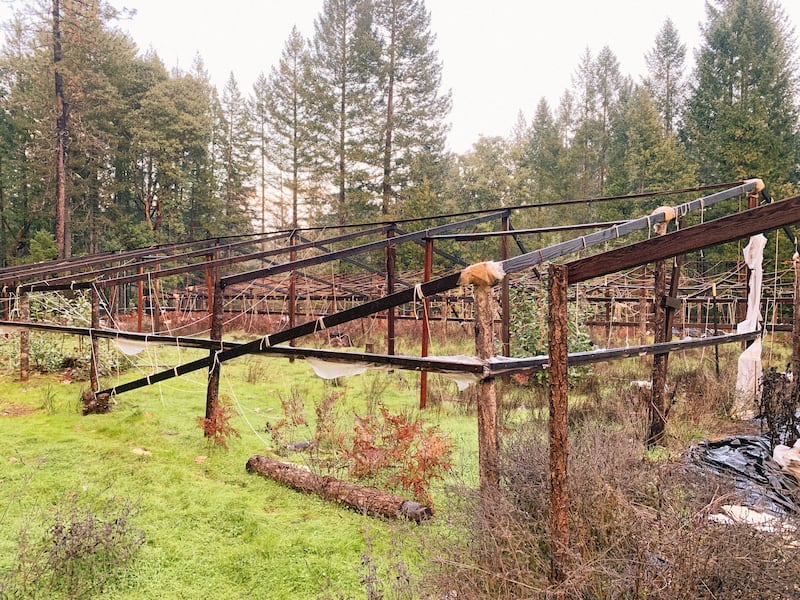
His team takes generators and water pumps they find on site, storing them as evidence for law enforcement in a large Conex unit parked behind the code enforcement building. The smell of gasoline when the double doors swing open produces tears.
In the past two years, the county has made some inroads into shutting down illicit weed farms. First, the Josephine County district attorney granted the county permission in June 2021 to hire bulldozers to demolish the hoop houses and structures on illegal farms. In the spring of 2022, the county began invoicing property owners for cleanup costs.
Second, county officials sent out a flyer along with tax forms in 2021 that warned: “Even if another person is convicted of producing unsanctioned cannabis on a property, the owner can lose their property!”
Stevenson says he’s just trying to bring some order to a place with a reputation for chaos.
“Specifically, people were saying, ‘We came to Josephine County because there are no rules here,’” he says. “And pretty much that was the case.”
